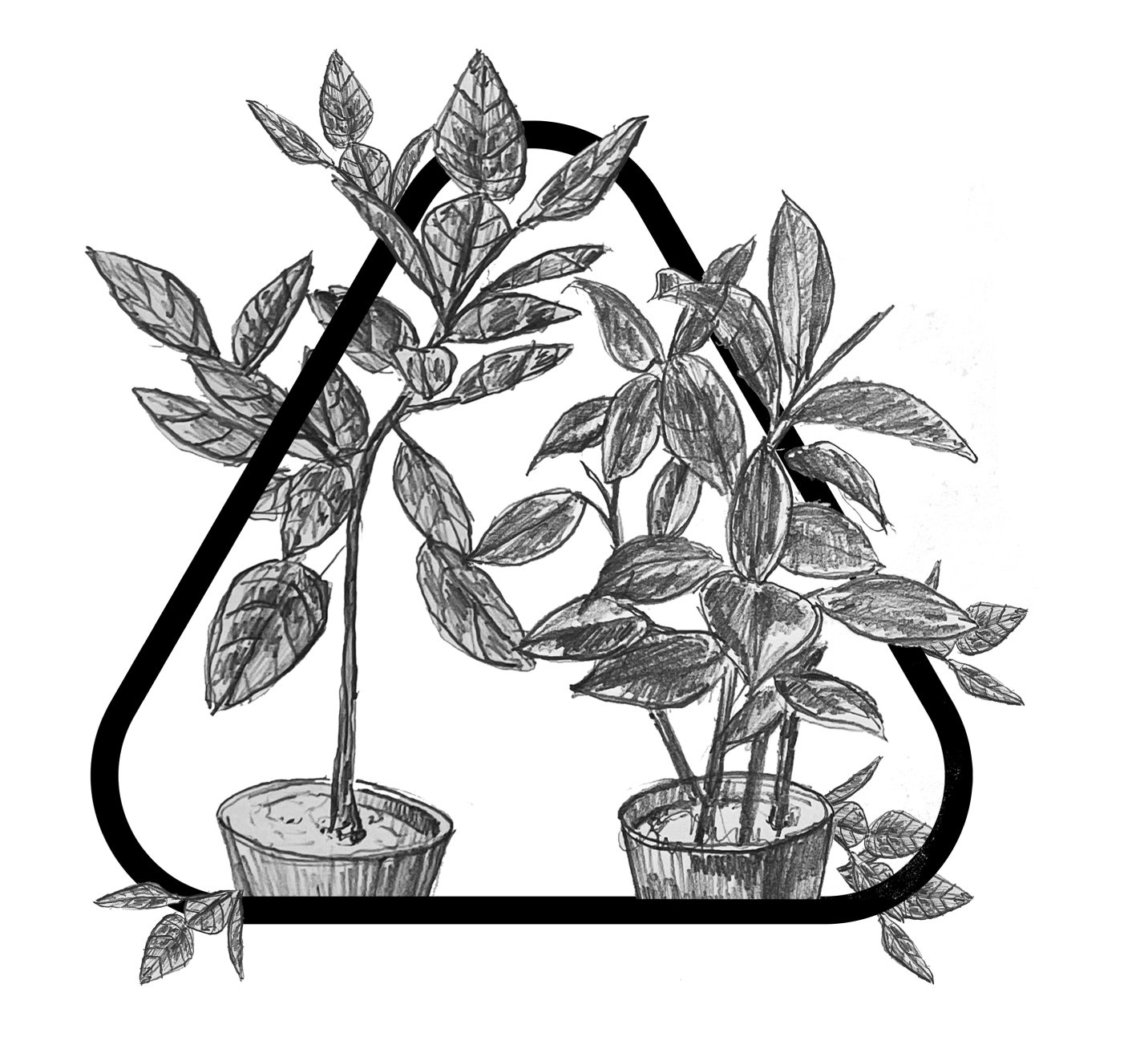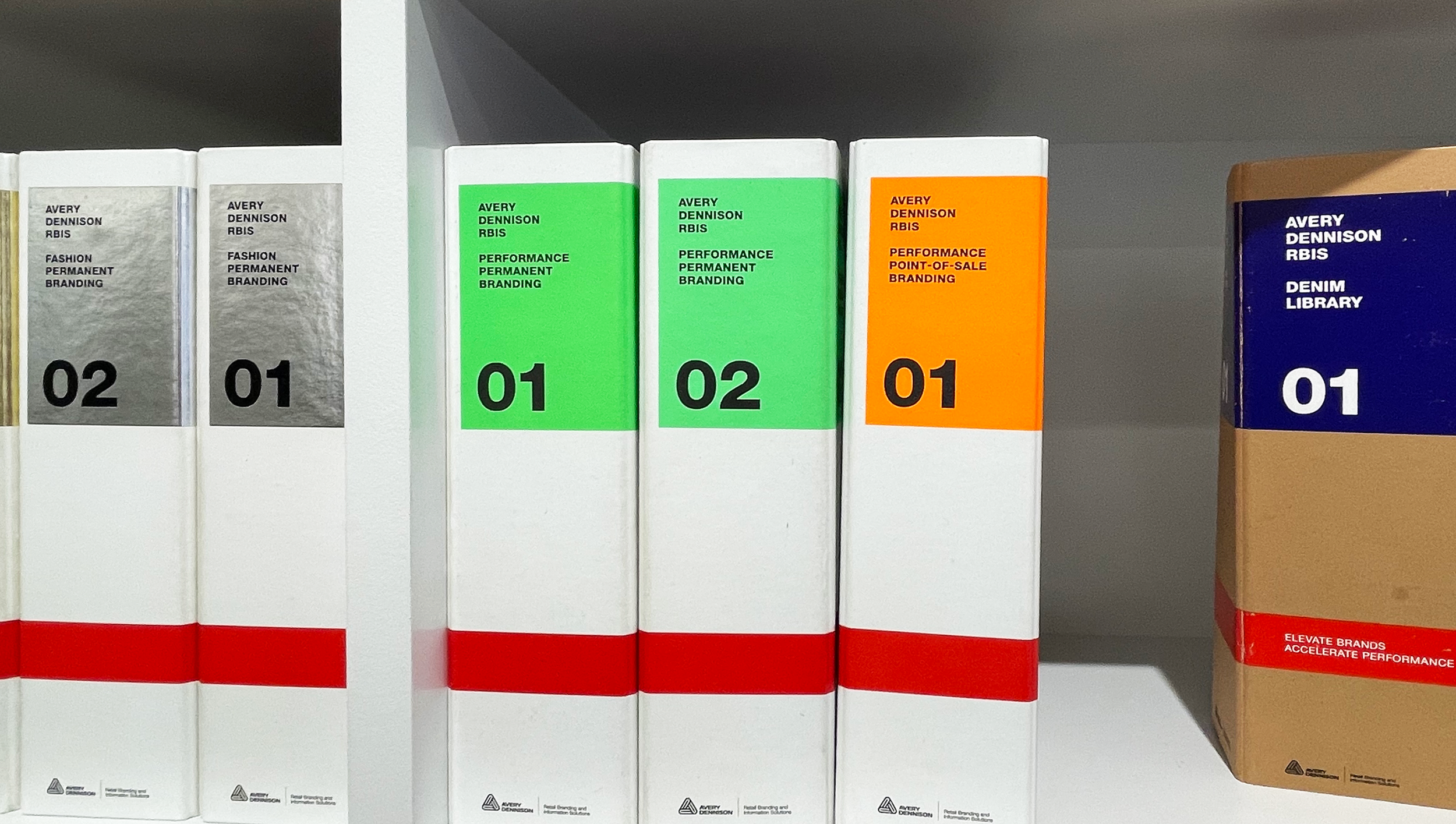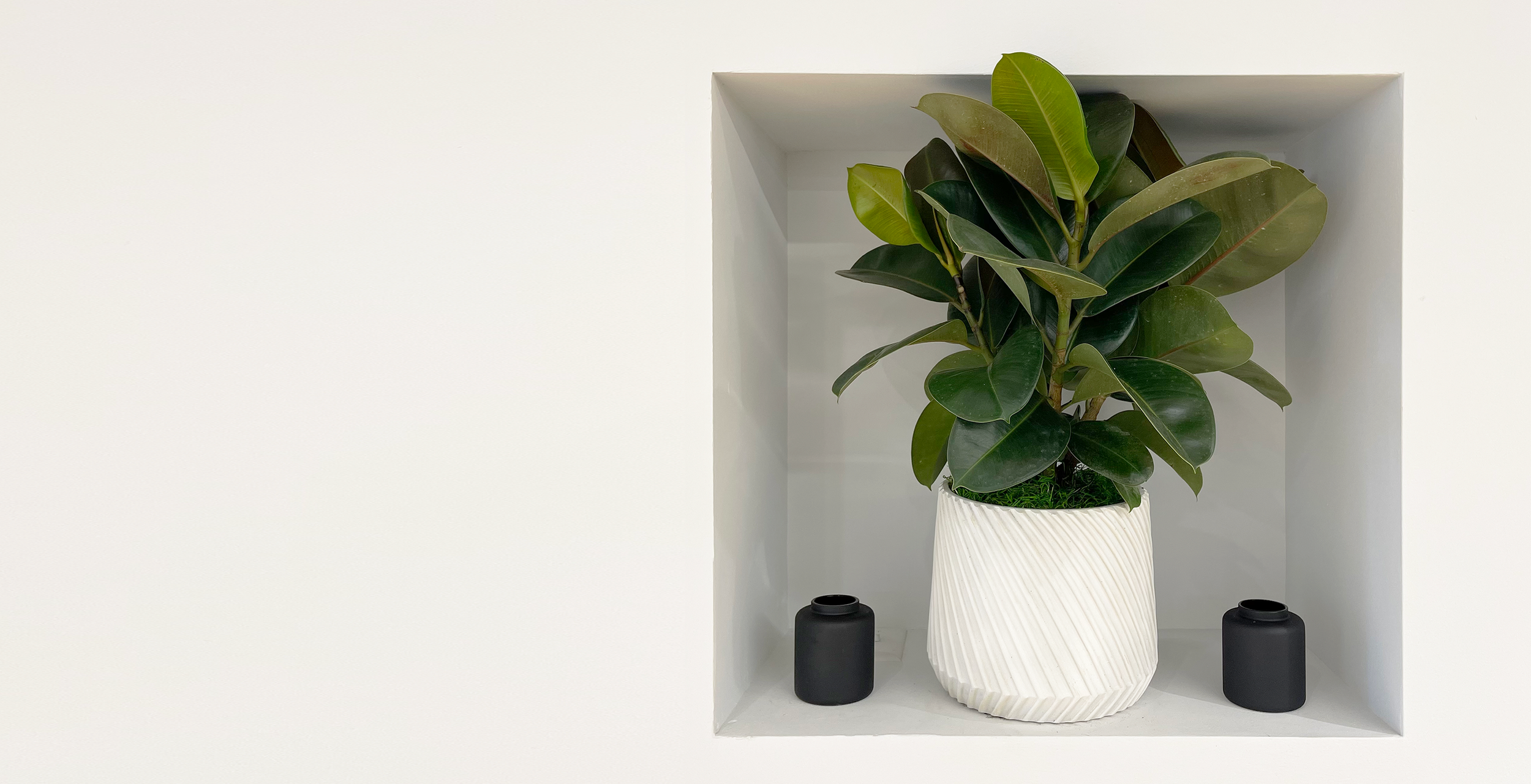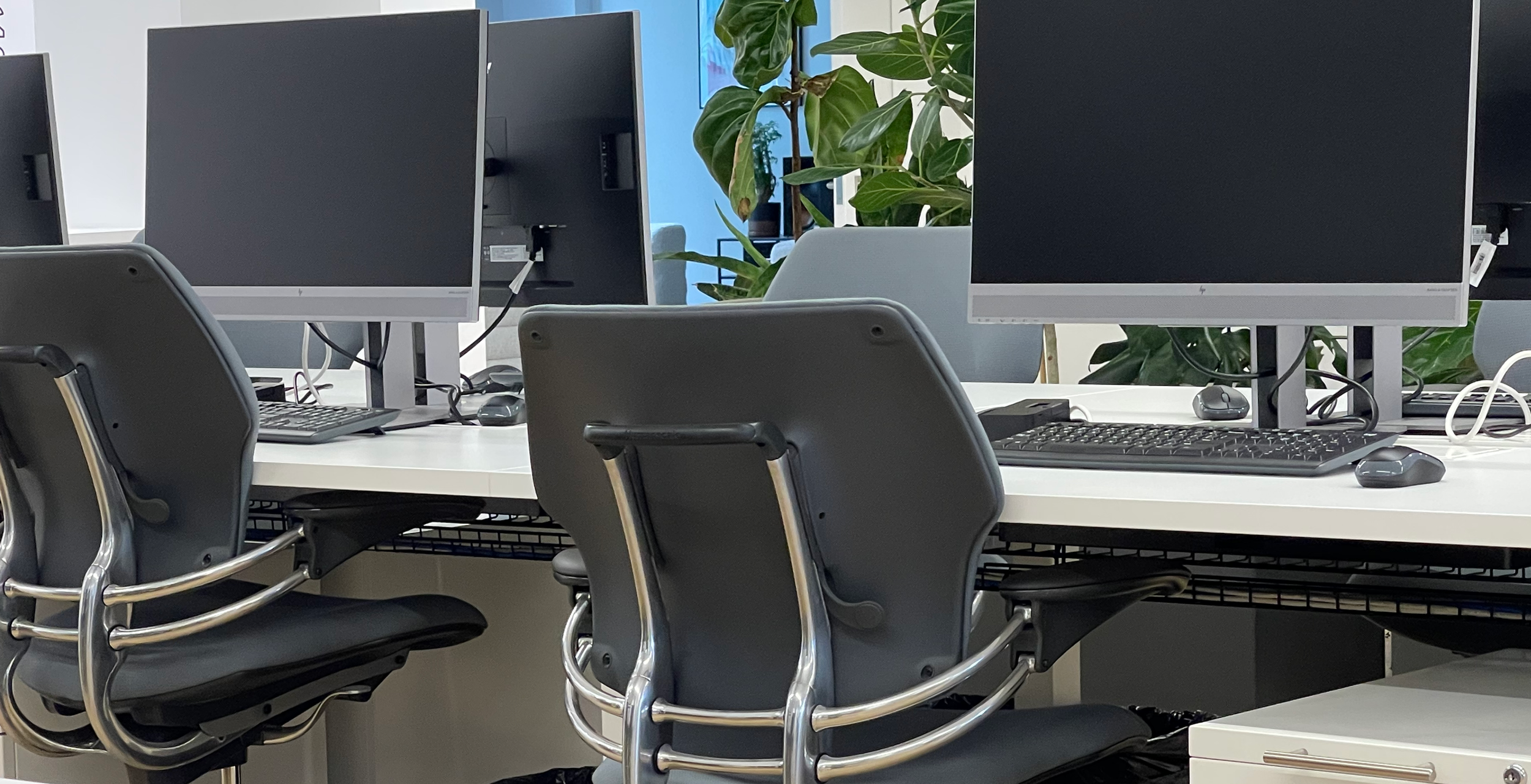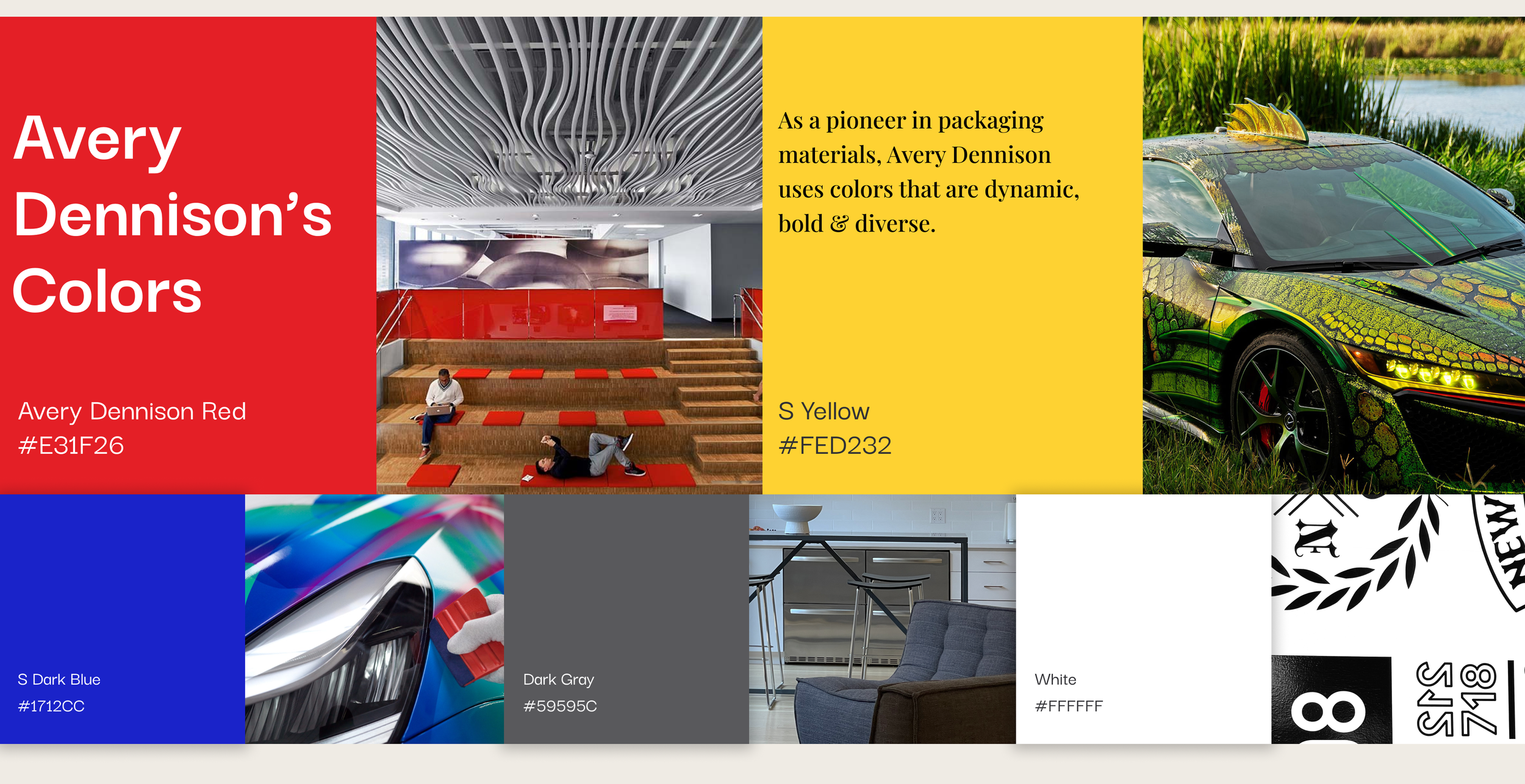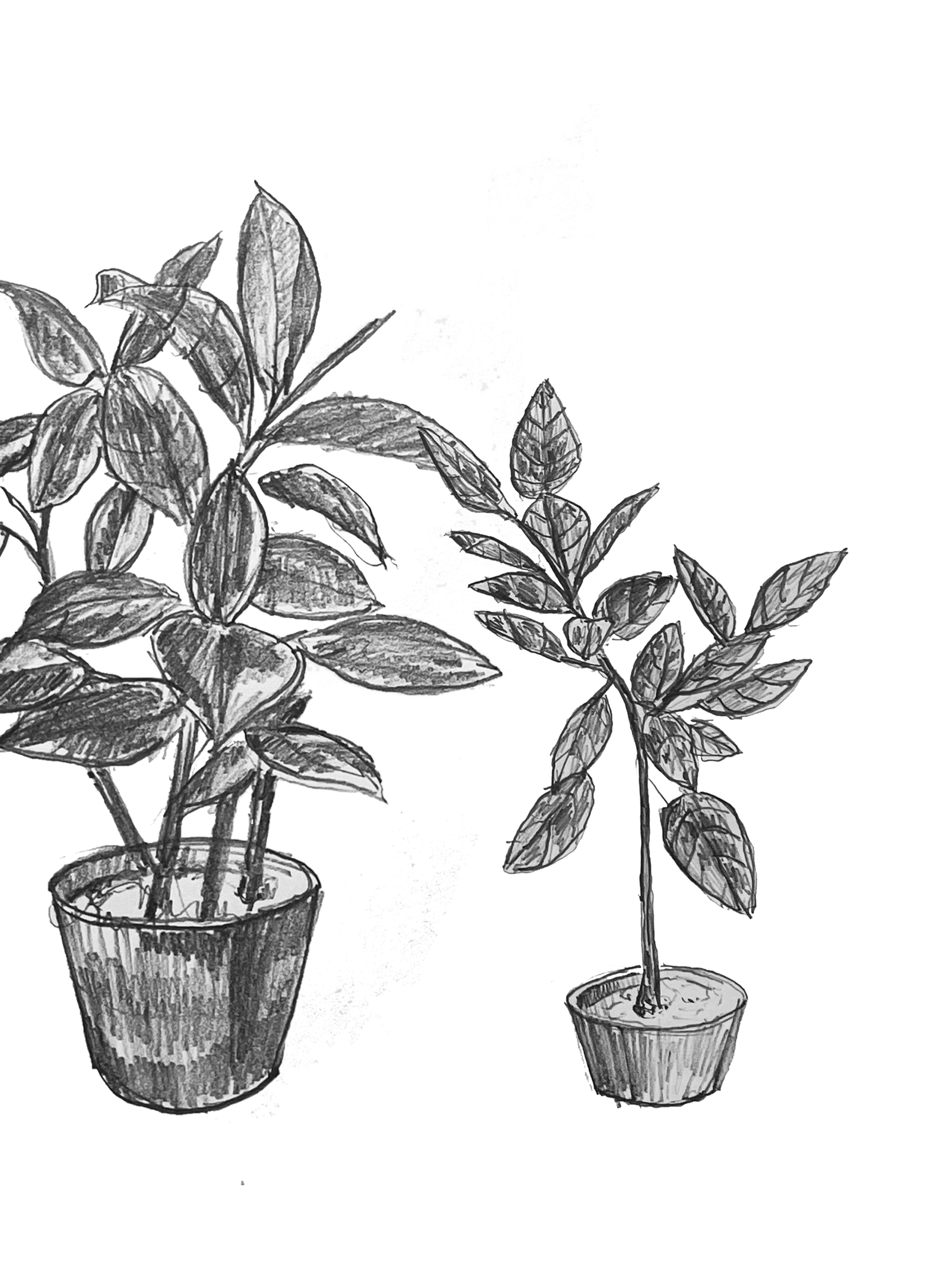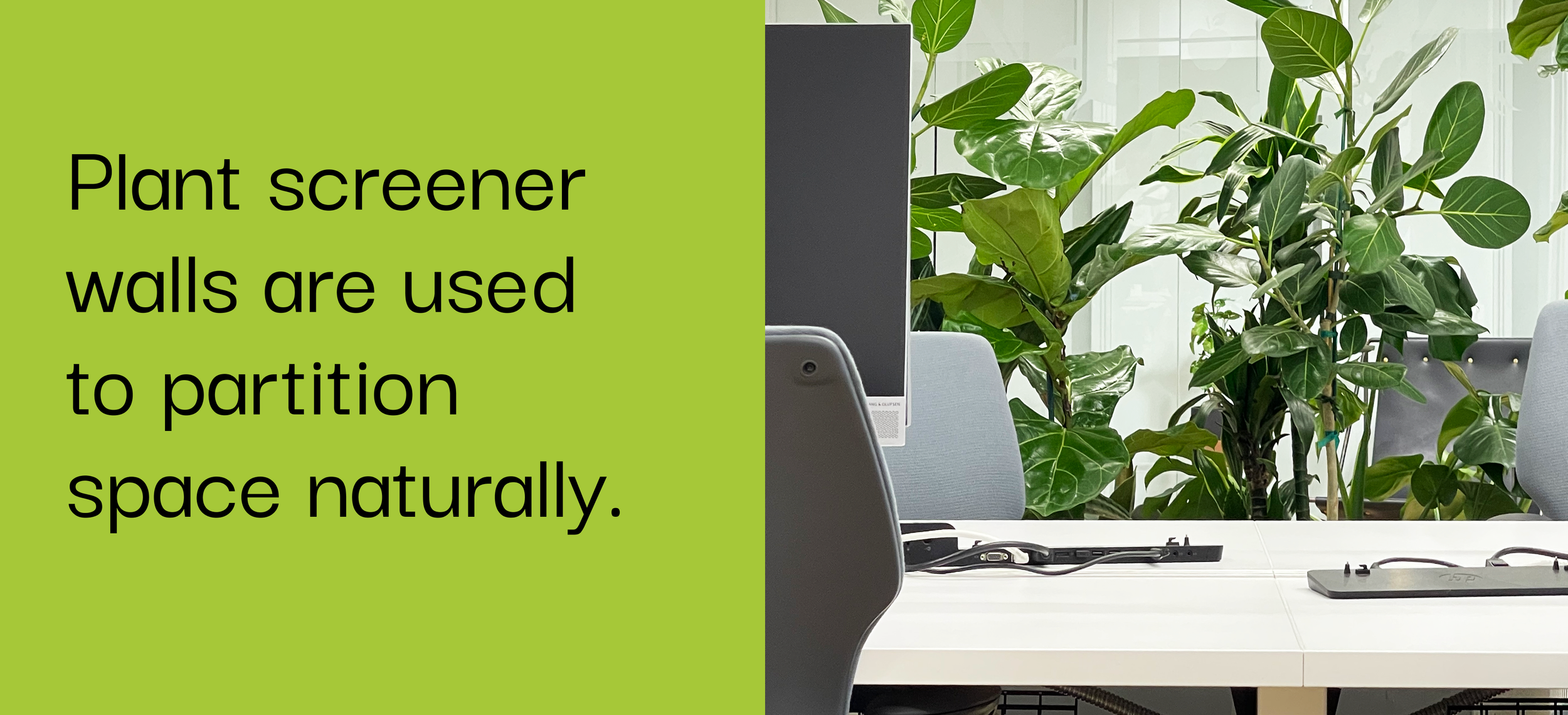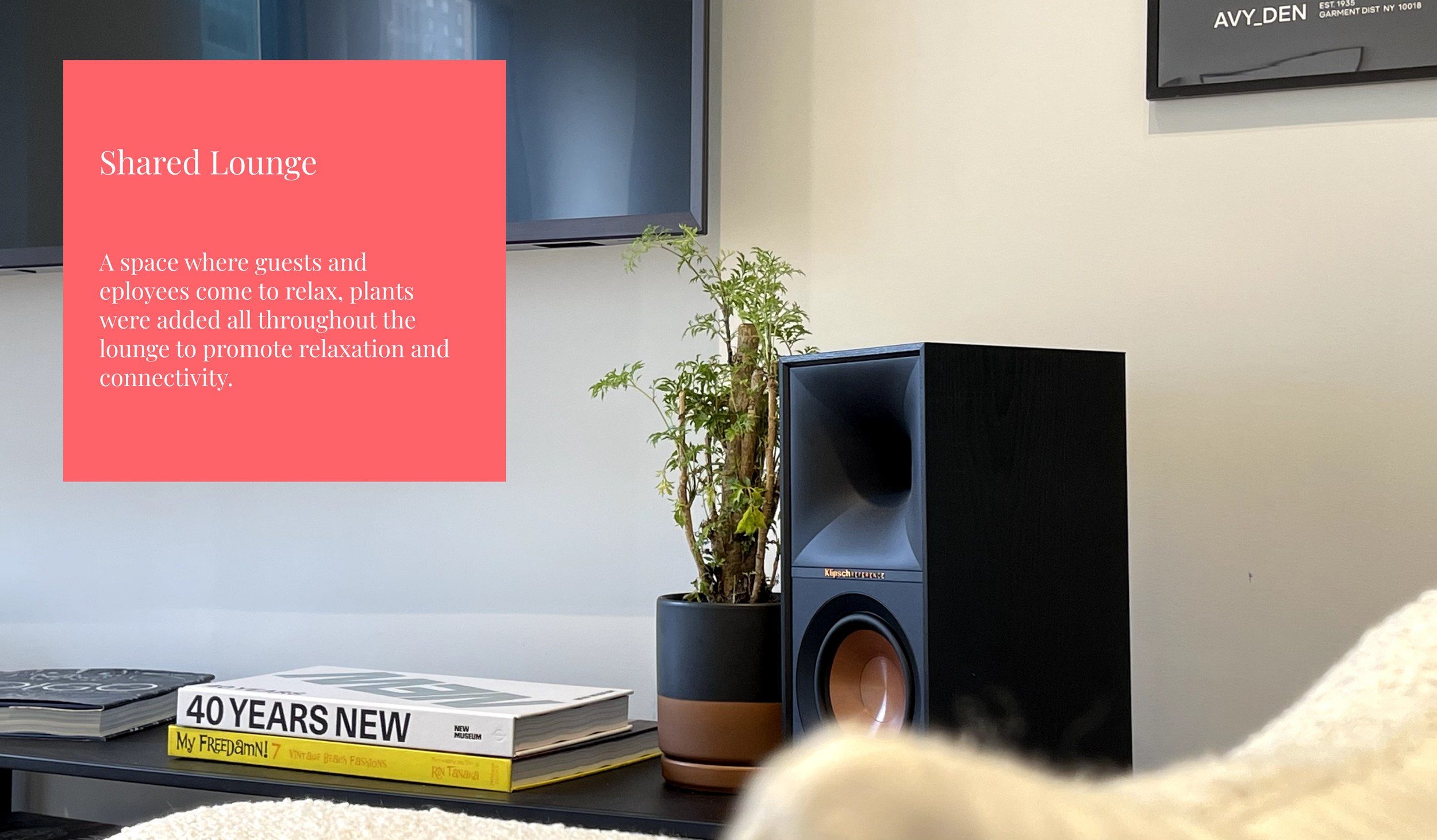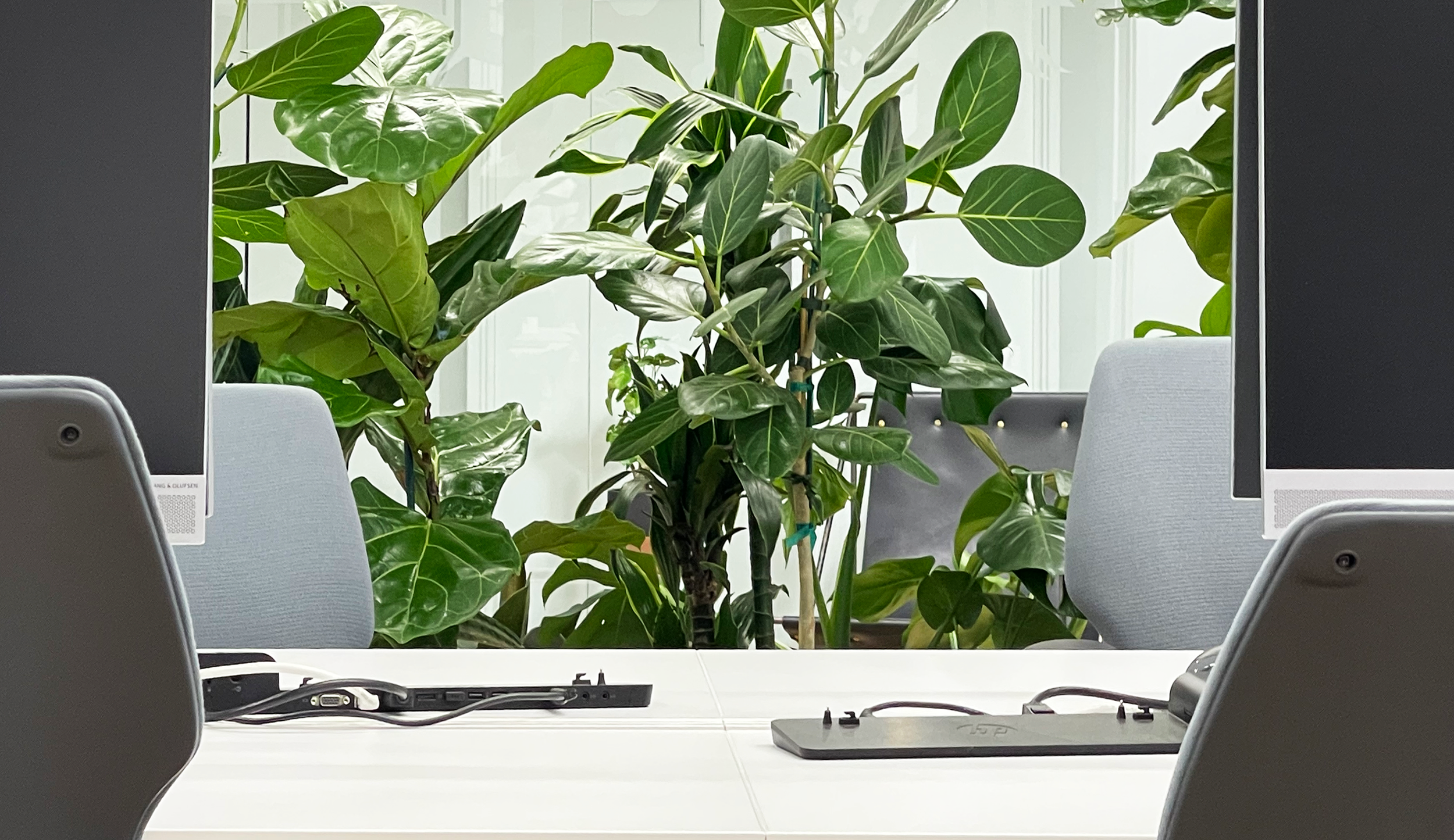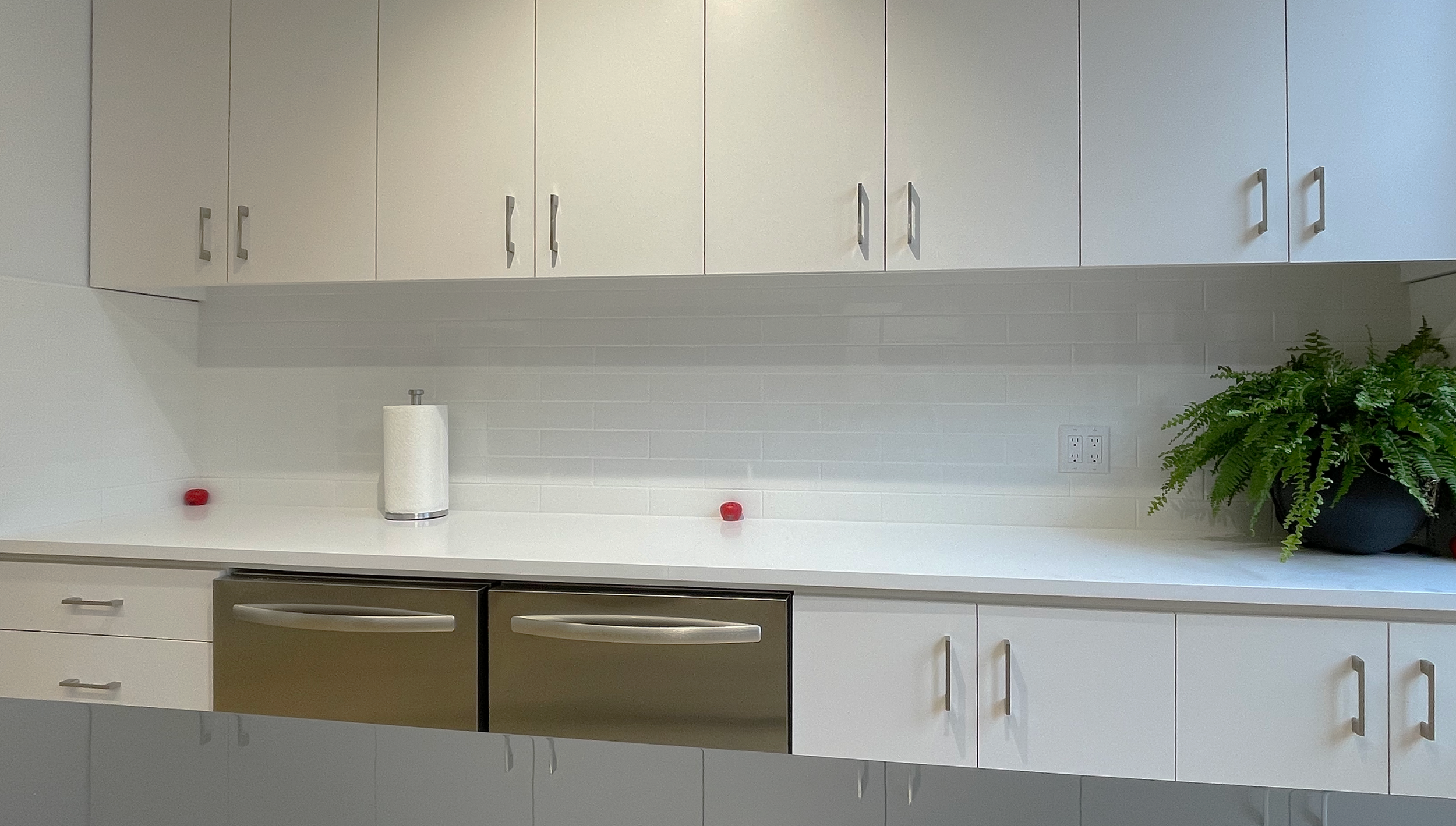Avery
Dennison
For the opening of their new Bryant Park New York Office, Avery Dennison wanted to add plants that created a welcoming vibe while also meeting their branding and functional needs. The end result includes a plant screener wall that maximizes space while providing privacy to workers, and a variety of plants across families and sizes to give each room a unique vibe.
Time
Design | Summer 2022 Maintenance | 2022 - Present
Team
Mahzi Malcolm Martin Sheray Fuller Ikjong Choi
Guides
Scale Style Functionality
Services
Sourcing Design Installation Weekly Maintenance
Table of Contents
1.
Intro
Style
a. Executive Summary
b. Gallery
a. Observation
b. Branding
c. Plants
2.
4.
Functionality
3.
a. Ergonomics b. Plants
Scale
a. Workspace
b. Guest Space
c. Intended Use
Introduction
Executive Summary
Avery Dennison sought to improve employee wellness by integrating plants into their office. Starting with a remote consultation, Planticular learned about the Avery Dennsion brand and office use. We then visited the space to capture the layout before posing plant options and installing them.
Style
Quick Observation: NY Office
As a pioneer in packaging materials, Avery Dennison uses colors that are dynamic, bold & diverse.
Primary
Colors
Avery Dennison uses a bold, bright color palette to create vibrant, dynamic, and coherent communications.
Secondary
Colors
The secondary color palette allows for a greater breadth of expression, communicating the diversity of our products, services and people.
Green was chosen as the primary plant color as it symbolically represents growth and life. To connect with the other color bursting art pieces and office furniture choices we chose pots that were black, grey, and white that would amplify and support to create harmony.
Choosing Plant Colors
Plant Profiles
Plants were chosen for their growth behaviors, form, color, height, texture, and appropriateness for the space. The Monstera for example, is a great plant for a lounge given it’s sprawling affinity of its leaves while the benjamin ficus although lush, has a more traditional vibe better suited for their conference room.
Banyan Fig
Monstera
Ming Aralia
Rubber Tree
Boston Fern
Snake Plant
Benjamin Ficus
Dracena
Fiddle Leaf Figs
Pot size requirements and growth patterns contribute to the decision making for the plants. The Ming Aralia for example has a more unidirectional growth pattern than the Monstera.
Decisions for Plants & Pots
Wider
Thinner
Foliage
In addition to pot size, foliage density was considered for its role in defining behavior for the space. The rubber tree for example is much easier to create dense foliage for than the Banyan Tree but may require different care approaches depending on size and maturity. Foliage density can change perceptions of accessibility.
Plant height, foliage density, leaf size, color, and number of plants are all important when considering scale. We combine these and other decisions with pots that are appropriate for the space to create a unique experience and memorable habitat.
Scale
Serving a dual purpose, this plant wall gives employees a sense of privacy while welcoming guests who may be walking by behind them.
Plant Screener
Functionality
With the objective of understanding how the space was intended to be used, plants were added that would help drive the behaviors of navigating through the office and set the vibe for different types of interactions.
Different types of plants around the office.

